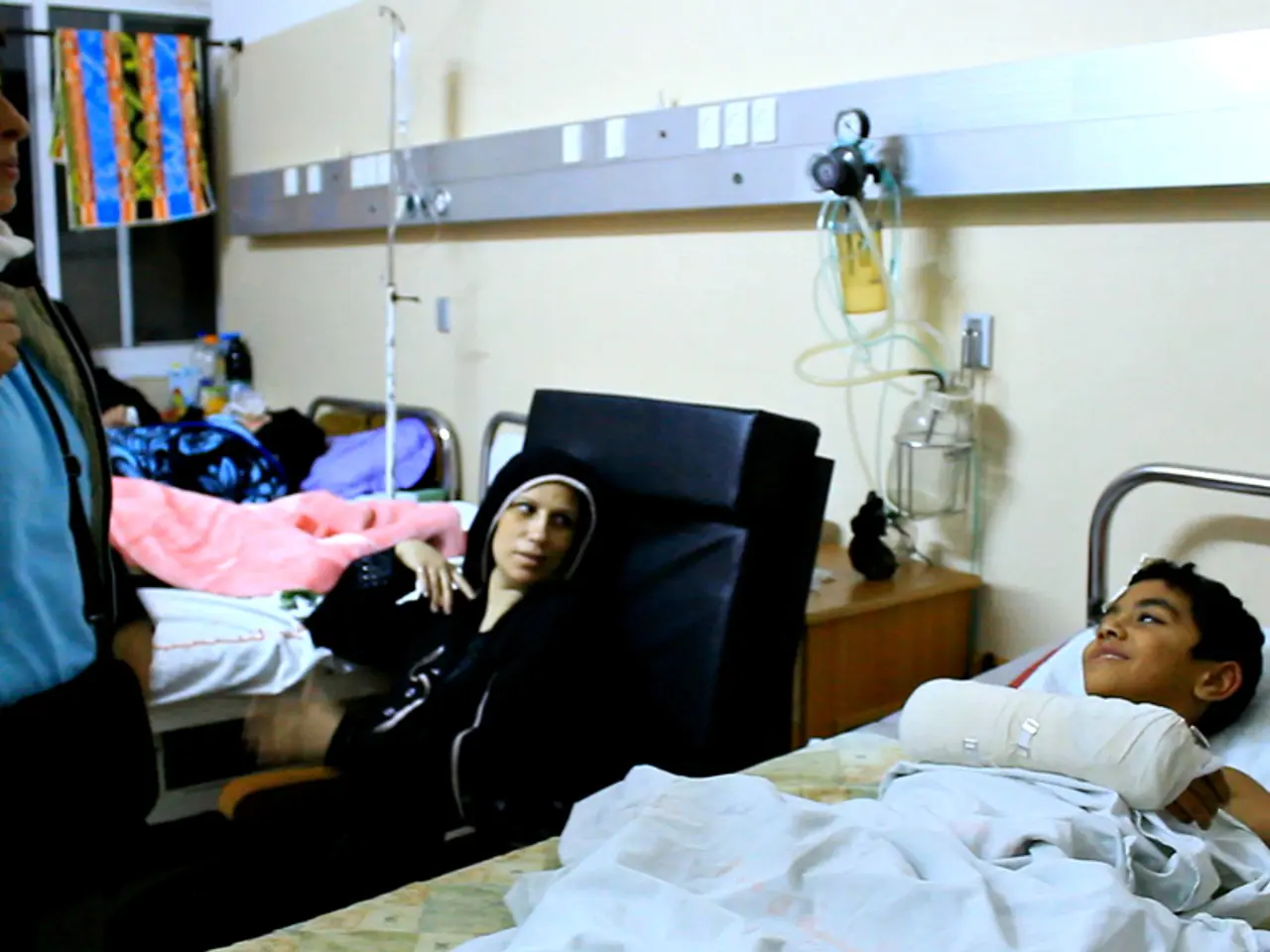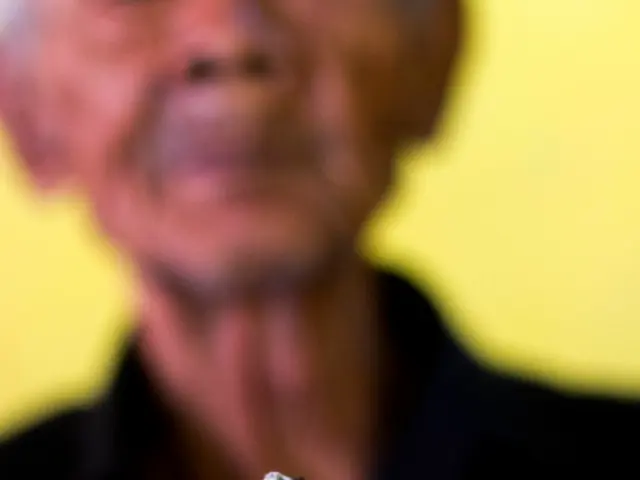Medical journey potentially boosted life-saving opportunities for me.
In the heart of Ontario, a woman found herself grappling with an unusual health predicament. Despite entering menopause, her fibroids continued to grow, a phenomenon that is not typical as fibroids depend on estrogen, which decreases at this stage of life. This condition, known as uterine fibroids, can cause heavy menstrual periods, abdominal pain, bloating, and digestive problems if they press on the intestines.
The woman was diagnosed with two large uterine fibroids, a common condition affecting 70 to 80% of women over 50. Yet, the waitlists for medical care in Canada were daunting. In Ontario, the waitlist for an MRI could take months, with a minimum wait of 30 days.
The woman's story is not unique. Canadians travel for various medical procedures due to long wait times and costs. From dental care to cosmetic surgery, hip prostheses, and back surgery, many Canadians seek treatment abroad.
The author of this article shares similar experiences, with friends waiting long periods for healthcare services in Canada. One friend had to wait a year and a half for a hip prosthesis, while another patient with ovarian cancer was still waiting for a full scan.
The author argues for private healthcare options for services covered by the public system, allowing Canadians to choose their care and keep dollars spent abroad in the Canadian healthcare system. This approach could help avoid the dangers of medical tourism, as highlighted by a warning from the Ministry of Foreign Affairs.
The main destinations for medical tourism are Mexico, Turkey, Thailand, Singapore, and India. However, the author notes that the most frequent destinations for Canadian medical tourists seeking private treatment for procedures covered by public insurance are European countries such as France, Spain, and Turkey. Turkey, in particular, is noted for affordable, high-quality medical tourism packages and expertise in procedures like cosmetic surgeries. Germany is another key destination, attracting Canadian patients for advanced treatments like dendritic cell therapy for cancer.
The woman's journey as a medical tourist began when she needed to find out what the growth was. Magnetic resonance imaging (MRI) was needed. She booked an MRI at Vinmec Hospital in Hanoi, Vietnam, and was pleasantly surprised. The total wait time was just two days, and the cost was $300. The MRI from Vietnam was reportedly 'better than those done in Canada.'
However, the MRI revealed a shocking truth. The two fibroids had formed one enormous mass that had completely displaced the bladder, crushed the intestines, and attached to several organs. No cancer was detected, but the woman required an emergency hysterectomy upon returning to Canada.
The woman's experience raises crucial questions about the state of Canada's healthcare system. With growing numbers of Canadians seeking medical treatment abroad, the author suggests that Canada should emulate countries with private health insurance. This would allow the middle class to freely choose their care, avoiding becoming like the United States, which does not have a universal healthcare system.
Tragic cases like the young boy in Oakville who died after waiting eight hours in the emergency room underscore the need for change. As medical tourism continues to grow, it's clear that Canada needs to address its wait times and costs to ensure the health and well-being of its citizens.






